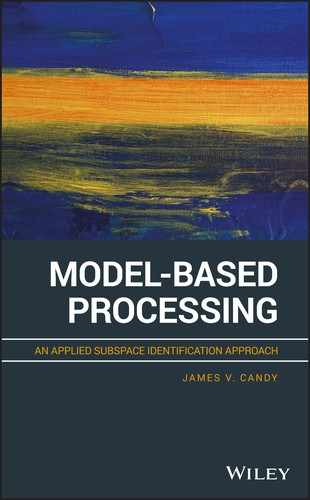Book Description
A bridge between the application of subspace-based methods for parameter estimation in signal processing and subspace-based system identification in control systems
Model-Based Processing: An Applied Subspace Identification Approach provides expert insight on developing models for designing model-based signal processors (MBSP) employing subspace identification techniques to achieve model-based identification (MBID) and enables readers to evaluate overall performance using validation and statistical analysis methods. Focusing on subspace approaches to system identification problems, this book teaches readers to identify models quickly and incorporate them into various processing problems including state estimation, tracking, detection, classification, controls, communications, and other applications that require reliable models that can be adapted to dynamic environments.
The extraction of a model from data is vital to numerous applications, from the detection of submarines to determining the epicenter of an earthquake to controlling an autonomous vehicles—all requiring a fundamental understanding of their underlying processes and measurement instrumentation. Emphasizing real-world solutions to a variety of model development problems, this text demonstrates how model-based subspace identification system identification enables the extraction of a model from measured data sequences from simple time series polynomials to complex constructs of parametrically adaptive, nonlinear distributed systems. In addition, this resource features:
- Kalman filtering for linear, linearized, and nonlinear systems; modern unscented Kalman filters; as well as Bayesian particle filters
- Practical processor designs including comprehensive methods of performance analysis
- Provides a link between model development and practical applications in model-based signal processing
- Offers in-depth examination of the subspace approach that applies subspace algorithms to synthesized examples and actual applications
- Enables readers to bridge the gap from statistical signal processing to subspace identification
- Includes appendices, problem sets, case studies, examples, and notes for MATLAB
Model-Based Processing: An Applied Subspace Identification Approach is essential reading for advanced undergraduate and graduate students of engineering and science as well as engineers working in industry and academia.
